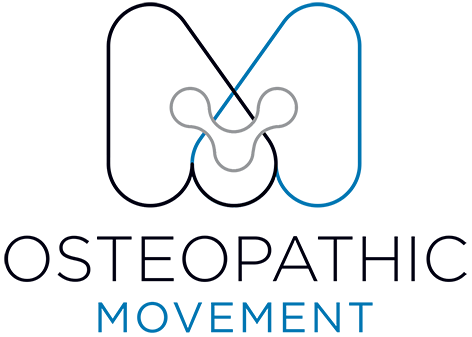Your Body: An Owners Manual
We are all born in to this world with a physical body, but how much do you know about it?
What is the purpose of your musculoskeletal system? How does it work? How can you optimise it for a better life?
The following blog serves as an introduction to your body. You will learn what comprises your musculoskeletal system, how it functions, and how you can improve it to experience less pain and tightness, reduce your risk of injury, enhance longevity, and improve athletic performance.
The musculoskeletal system, comprising muscles, bones, tendons, and ligaments, plays a pivotal role in our ability to move and function. Its primary function is twofold: to distribute forces and generate forces that enable us to carry out a wide range of movements and activities.
When we move, the musculoskeletal system is responsible for distributing external forces placed upon our bodies. This system acts as a protective shield, absorbing shocks and impacts, safeguarding our internal organs, and preventing injuries.
Conversely, the musculoskeletal system is also a force generator. Muscles contract and pull on the bones they're attached to, creating movement. Whether it's lifting a heavy object, taking a step, or throwing a ball, our muscles generate the necessary force to perform these actions.
Sometimes the musculoskeletal systems force distribution capabilities can be compromised, leading to injuries and an inability to produce force effectively. In such cases, working with an Osteopath can make a world of difference in your journey to recovery and improved overall wellbeing.
Injuries can occur due to various factors, such as overuse, trauma, poor posture, or underlying conditions. These injuries can affect not only the ability to generate force but also the system's capacity to distribute forces properly, which may result in pain and dysfunction.
Osteopaths, with their specialised knowledge and training, play a crucial role in addressing these issues. They employ a holistic approach to rehabilitation, combining hands-on manual therapy, movement retraining, and exercise rehabilitation to help individuals regain their musculoskeletal function.
Manual therapy involves skilled, precise techniques applied to joints and soft tissues to reduce pain, improve mobility, and restore proper alignment. This hands-on approach can alleviate muscle tension and joint stiffness, facilitating better force distribution and movement.
Movement retraining helps individuals learn better movement patterns to prevent further injury and optimise force generation. Osteopaths analyse the way you move and offer guidance on improving your body mechanics.
Exercise rehabilitation is a key component of Osteopathy. Tailored exercise programs strengthen weakened muscles, enhance flexibility, and support overall musculoskeletal health. These exercises help individuals regain their force-generating capabilities and reduce the risk of future injuries.
In conclusion, when the force distribution and force generation abilities of the musculoskeletal system are compromised, turning to an Osteopath is a wise decision in order to get back to a life of pain-free movement and activity.
If you would like to learn more about your body make an appointment with one of our experienced Osteopaths:
